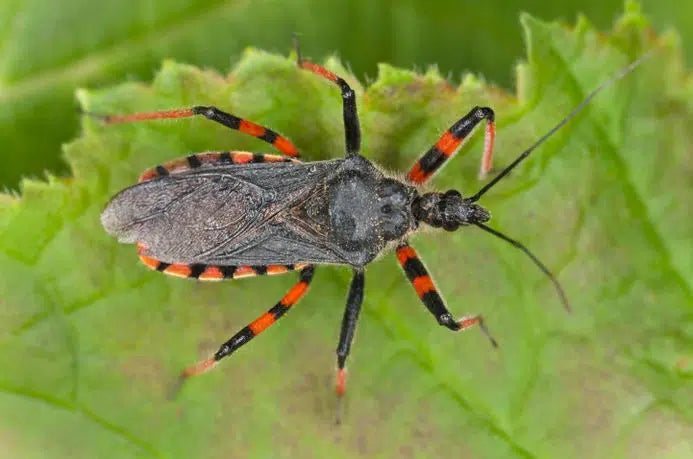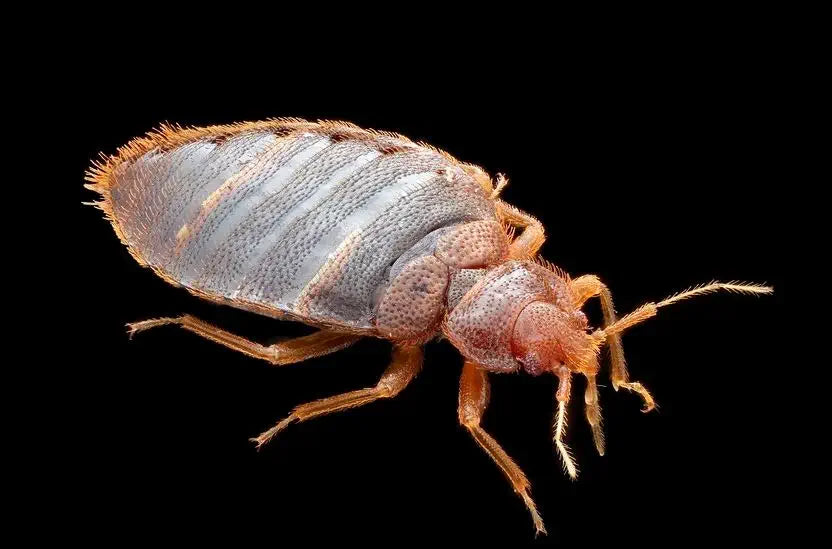Combat plum and apple moths naturally: How to protect your fruit trees
Fruit tree owners are familiar with the problem: Unripe fruit suddenly falls from the tree, and upon closer inspection, you discover small holes and brown marks. The culprit? Often, it's the plum and apple moth, a widespread pest in orchards. But don't worry—with the right measures, you can protect your trees and ensure a bountiful harvest.
An overview of the pest
The plum and apple moth ( Cydalima pomonella ) is a small but tenacious butterfly. With a wingspan of about 1 cm and characteristically patterned brownish-gray wings, it appears inconspicuous at first glance. However, its larvae, better known as fruit maggots, can cause considerable damage.
Life cycle and behavior
- Egg laying: From May to June, females lay their eggs on young fruits or leaves.
- Larval stage: The hatched larvae bore into the fruit and feed on the pulp.
- Pupation: After about three weeks, the larvae leave the fruit and pupate in bark crevices or in the soil.
- Butterfly: The new generation hatches and the cycle begins again.
In warm regions, even two generations per year can occur, which increases the potential for damage.
How to recognize an infestation
- Small holes on the fruit surface
- Brown or black traces of feces on the fruit
- Premature fruit drop
- White to pink larvae inside the fruit when cut open
Regular inspections of your fruit trees are key to early detection.
Natural methods to combat
Use beneficial insects
- Parasitic wasps ( Trichogramma species) parasitize the eggs of the moth.
- Nematodes ( Steinernema feltiae ) combat the pupae in the soil.
Mechanical measures
- Corrugated cardboard trapping belts around tree trunks attract larvae and make their removal easier.
Pheromone traps
Help with infestation control and reduce the male population.
Hygiene in the garden
Consistently remove infested and fallen fruit.
Preventive measures
- Regular checks, especially during egg-laying period
- Care of fruit trees by pruning and removing bark residues
- Creating a beneficial insect-friendly environment with insect hotels and flowering plants
- Planting natural barriers such as lavender or thyme near the fruit trees
Products for natural control
- Ichneumon wasps for egg parasitism
- Nematodes for soil treatment
- Pheromone traps for infestation control
You will find these products in our range, along with detailed instructions for use.
Conclusion
With the right strategies, you can combat plum and codling moths effectively and in an environmentally friendly way. Combine different methods for the best protection for your fruit trees. We're happy to answer any questions you may have – for a bountiful and healthy fruit harvest!











